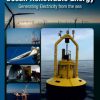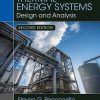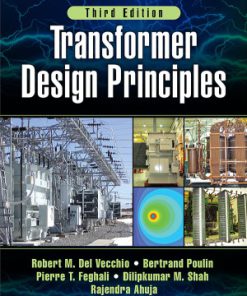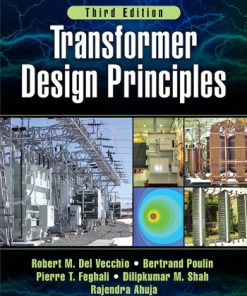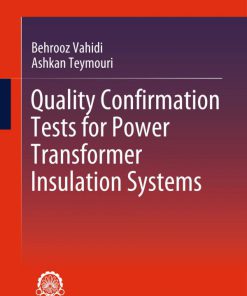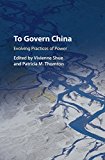Power Transformer Design Practices 1st Edition by Fang Zhu, Baitun Yang ISBN 1000360113 9781000360110
$50.00 Original price was: $50.00.$25.00Current price is: $25.00.
Power Transformer Design Practices 1st Edition by Fang Zhu, Baitun Yang – Ebook PDF Instant Download/Delivery: 1000360113, 978-1000360110
Full download Power Transformer Design Practices 1st Edition after payment
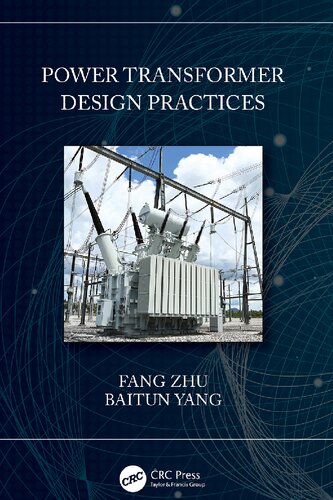
Product details:
ISBN 10: 1000360113
ISBN 13: 978-1000360110
Author: Fang Zhu, Baitun Yang
The book presents basic theories of transformer operation, design principles and methods used in power transformer designing work, and includes limitation criteria, effective utilization of material, and calculation examples to enhance readers’ techniques of transformer design and testing.
It includes:
- Core and winding commonly used, and their performances
- Insulation structures and materials, methods for improvements on dielectric strengths on partial discharge, breakdown and electrical creepage
- Losses and impedance calculations, major influential factors, and methods to minimize load loss
- Cooling design and the method to obtain effective cooling
- Short-circuit forces calculations, the ways to reduce the short-circuit forces, and measures to raise withstand abilities
- No-load and load-sound levels, the influential factors and trends, and abatement techniques
- In-depth discussion of an autotransformer’s special features, its stabilizing winding function, and its adequate size
- Tests and diagnostics
The ways to optimize design are also discussed throughout the book as a goal to achieve best performances on economic design.
The book contains great reference material for engineers, students, teachers, researchers and anyone in the field associated with power transformer design, manufacture, testing, application and service maintenance. It also provides a high level of detail to help future research and development maintain electrical power as a reliable and economical energy resource.
Power Transformer Design Practices 1st Table of contents:
Chapter 1: Introduction
1.1 Basic Theory
1.1.1 Voltage and Current of Windings
1.1.2 Losses
1.1.3 Maximum Leakage Flux Density
1.1.4 Impedance
1.1.5 Efficiency and Voltage Regulation
1.1.6 Winding Disposition
1.1.6.1 Winding Space Factor
1.1.7 Winding Connections
1.1.7.1 Delta–Delta Connection
1.1.7.2 Wye–Wye Connection
1.1.7.3 Delta–Wye and Wye–Delta Connections
1.2 Practical Considerations in Design
1.2.1 Minimum I²R Loss
1.2.2 The Most Economic Utilization of Active Materials
1.3 Active Part Material Cost
1.3.1 Loss and Mass Ratio for Maximum Efficiency
1.3.2 Mass Ratio for Minimum Cost of Material
References
Chapter 2: Core
2.1 Core Materials
2.2 Core Types
2.2.1 Three-Leg Core
2.2.2 Five-Leg Core
2.3 No-Load Loss
2.3.1 Components of No-Load Loss
2.3.1.1 Hysteresis Loss
2.3.1.2 Eddy Current Loss
2.3.1.3 Additional Losses
2.3.1.4 Interlaminar Loss
2.3.2 Calculation of No-Load Loss
2.3.2.1 Interlaminar Losses
2.4 Exciting Characteristics
2.4.1 Core Exciting Current
2.4.2 Influence of Winding Connections on Third Harmonic Voltages and Currents
2.4.2.1 Y–Y Connection with Both Isolated Neutrals
2.4.2.2 Y–Y Connection with Both Grounded Neutrals
2.4.2.3 Y–Y Connection with Isolated Primary Neutral and Grounded Secondary Neutral
2.4.2.4 Y–D or D–Y Connection
2.4.3 Undesirable Features of Third Harmonics
2.4.4 Calculation of Exciting Current
2.5 Inrush Current
2.6 Test Failures of No-Load Loss
2.7 Core Insulation and Ground
2.8 Flux Density Generated by Quasi-DC Current
2.9 Gapped Core
References
Chapter 3: Windings
3.1 Types of Winding
3.1.1 Layer Winding
3.1.2 Multi-Start Winding
3.1.3 Helical Winding
3.1.4 Disc Winding
3.2 Transpositions
3.2.1 Helical Winding
3.2.2 Disc Winding
3.3 Half-Turn Effect
3.4 Axial Split Windings
3.5 Cables Used in Winding
References
Chapter 4: Insulation
4.1 Voltages on Transformer Terminals
4.1.1 Service Voltage
4.1.2 Overvoltages
4.1.2.1 Upset of Symmetry of Voltage
4.1.2.2 Lightning Impulse
4.1.2.3 Switching Impulse
4.2 Voltage Inside Transformer
4.2.1 Analysis on Ideal Model
4.2.2 Transferred Voltage
4.2.3 Voltage across Regulating Winding
4.3 Insulation Materials
4.3.1 Mineral Oil
4.3.1.1 Electrode Shape
4.3.1.2 Electrode Spacing
4.3.1.3 Electrode Area
4.3.1.4 Duration of Applied Voltage
4.3.1.5 Temperature
4.3.1.6 Oil Volume
4.3.1.7 Velocity
4.3.1.8 Moisture
4.3.1.9 Gas in Oil
4.3.2 Natural Ester Liquid
4.3.2.1 Fire Safety
4.3.2.2 Service Life
4.3.2.3 Thermal Performance
4.3.3 Paper Insulation
4.3.3.1 Moisture
4.3.3.2 Breakdown Stresses
4.4 Partial Discharge and Insulation Structure
4.5 Major Insulation Design
4.5.1 Main Insulation Gap between Windings in Same Phase
4.5.2 Main Insulation Gap between Innermost Winding and Core
4.5.3 Main Insulation Gap between Windings in Different Phases
4.5.4 End Insulation
People also search for Power Transformer Design Practices 1st:
high frequency power transformer design
handbook of transformer design and applications pdf
power transformer diagnostics monitoring and design features
a well designed transformer loses power under
optimum design of a high-power high-frequency transformer
Tags:
Fang Zhu,Baitun Yang,Power,Transformer,Design,Practices 1st
You may also like…
Engineering - Energy & Power Resources
Transformer Design Principles Third Edition Robert M. Del Vecchio
Engineering
Politics & Philosophy - Politics
To Govern China Evolving Practices of Power 1st Edition Vivienne Shue 1107193524 9781107193529
Engineering - Energy & Power Resources
Digital Protective Schemes for Power Transformer Dharmesh Patel 9811567638 9789811567636
Engineering - Energy & Power Resources
Transformer Design Principles With Applications Robert 1351651986 9781351651981
Engineering - Electrical & Electronic Engineering


